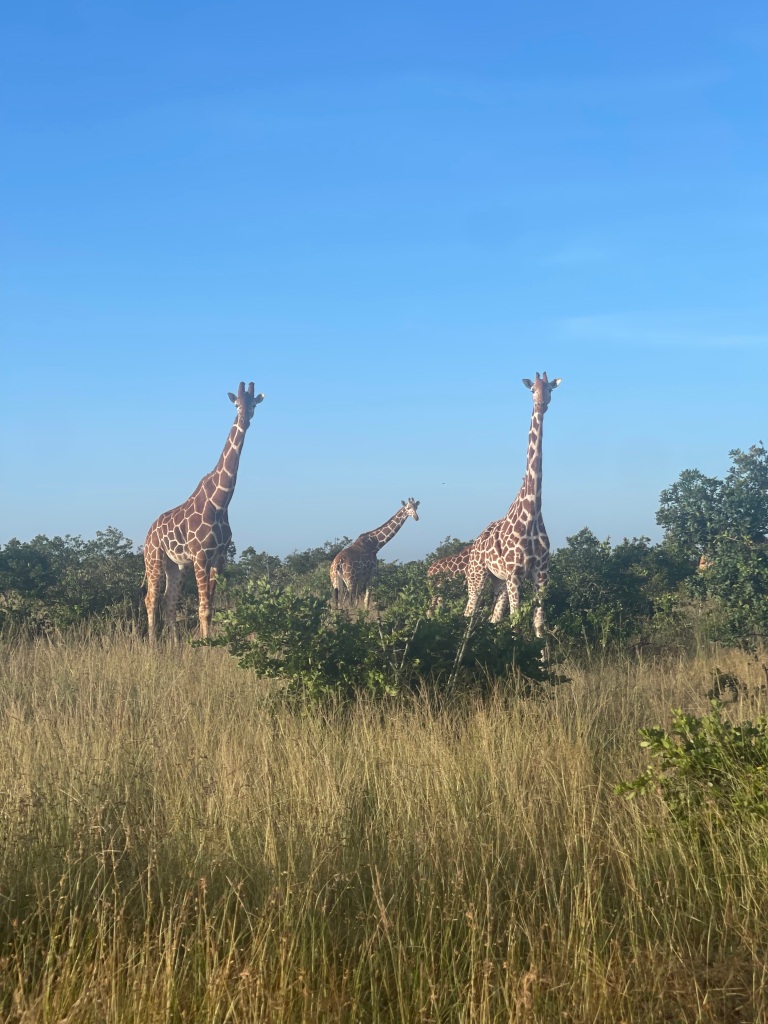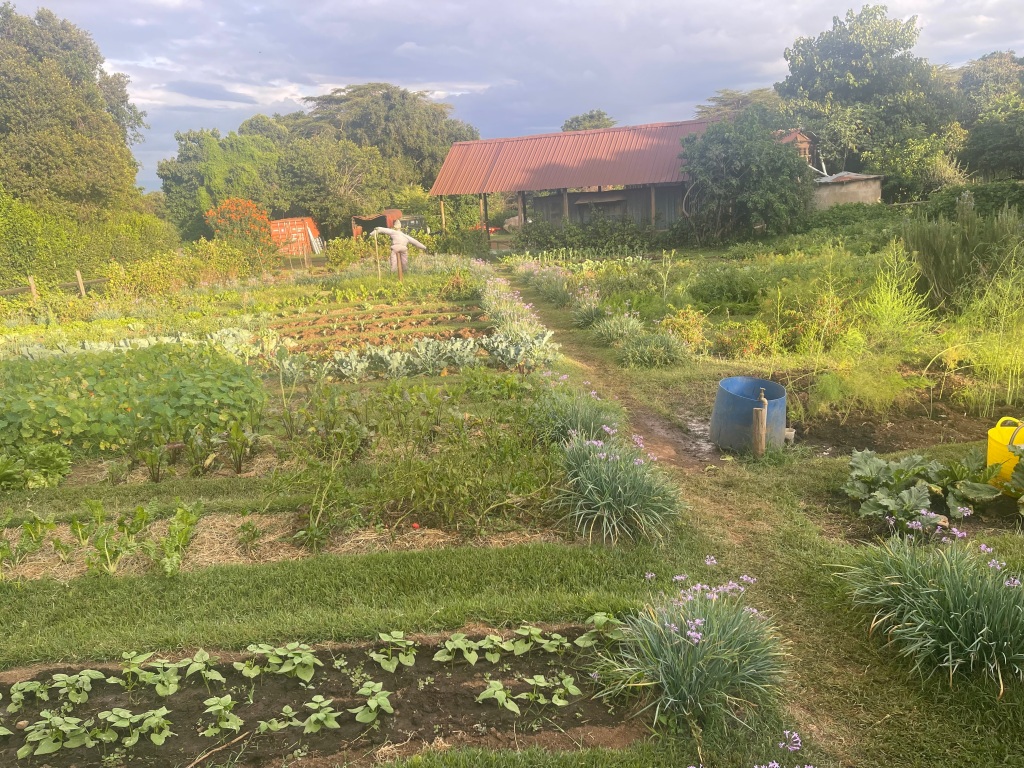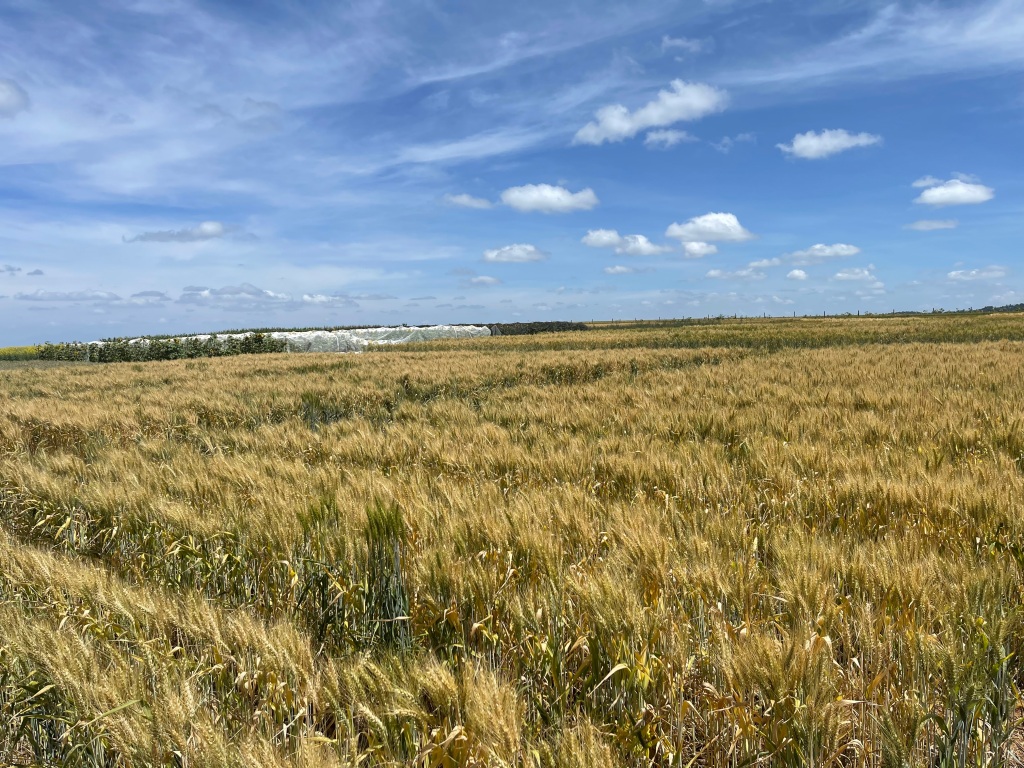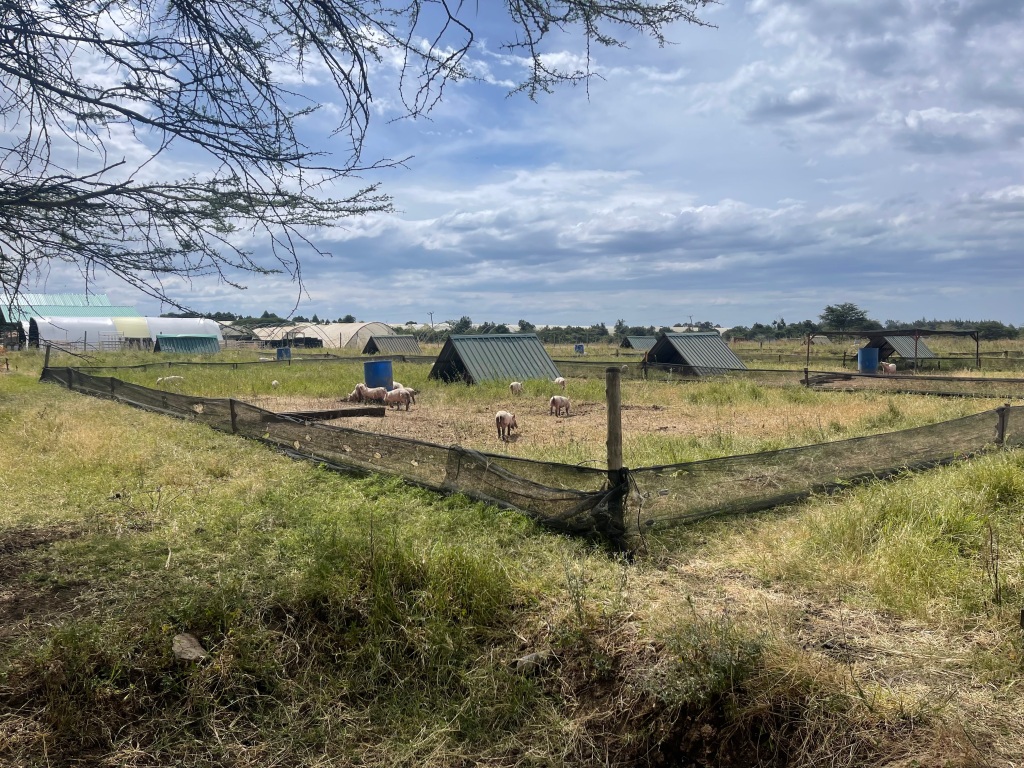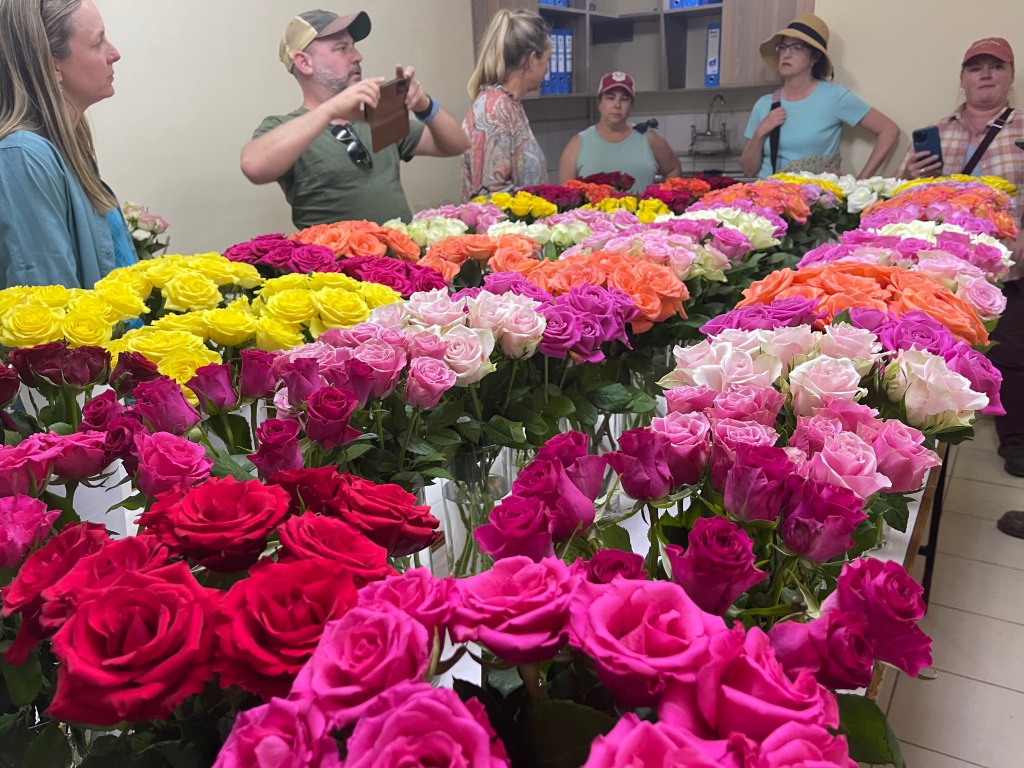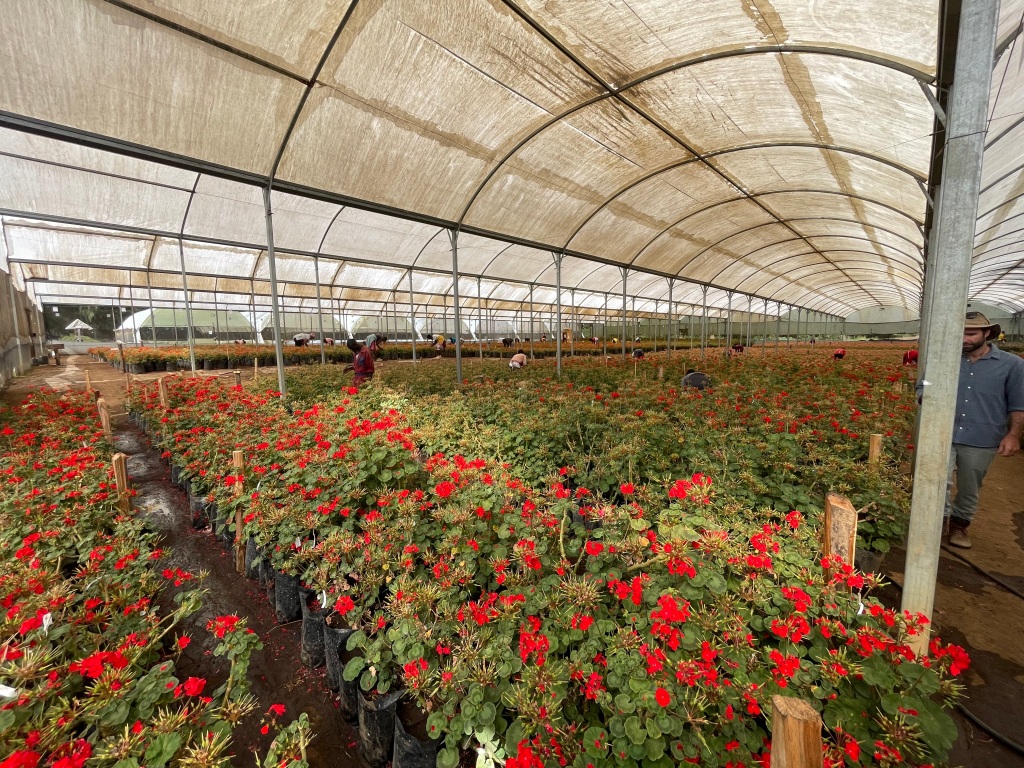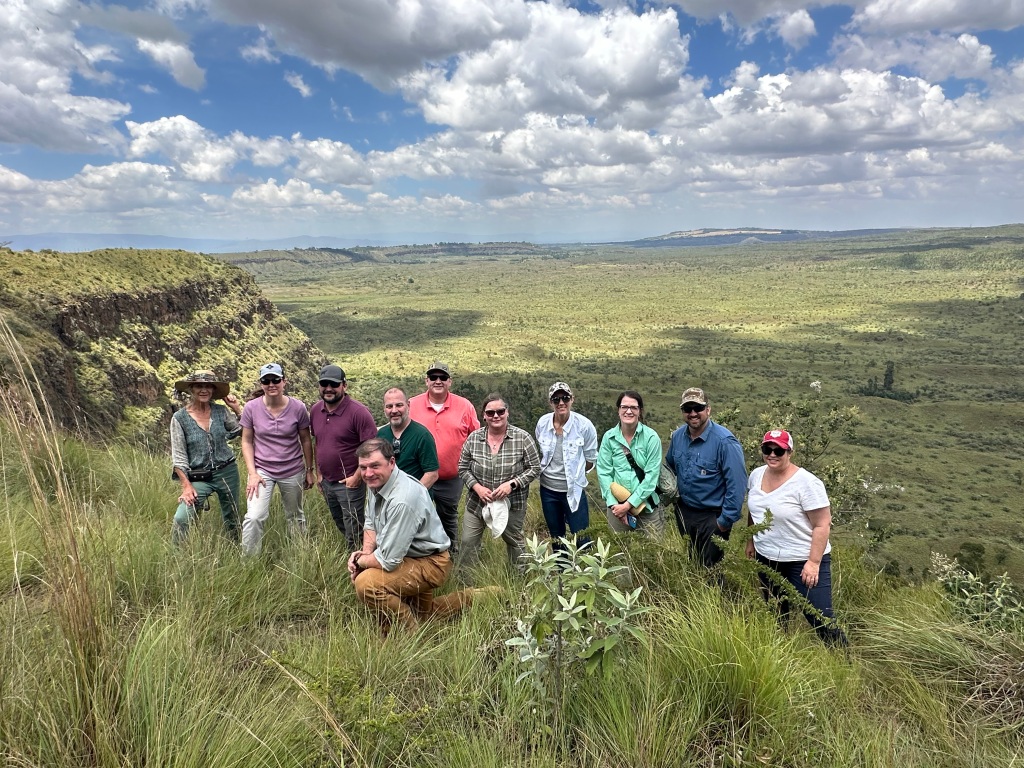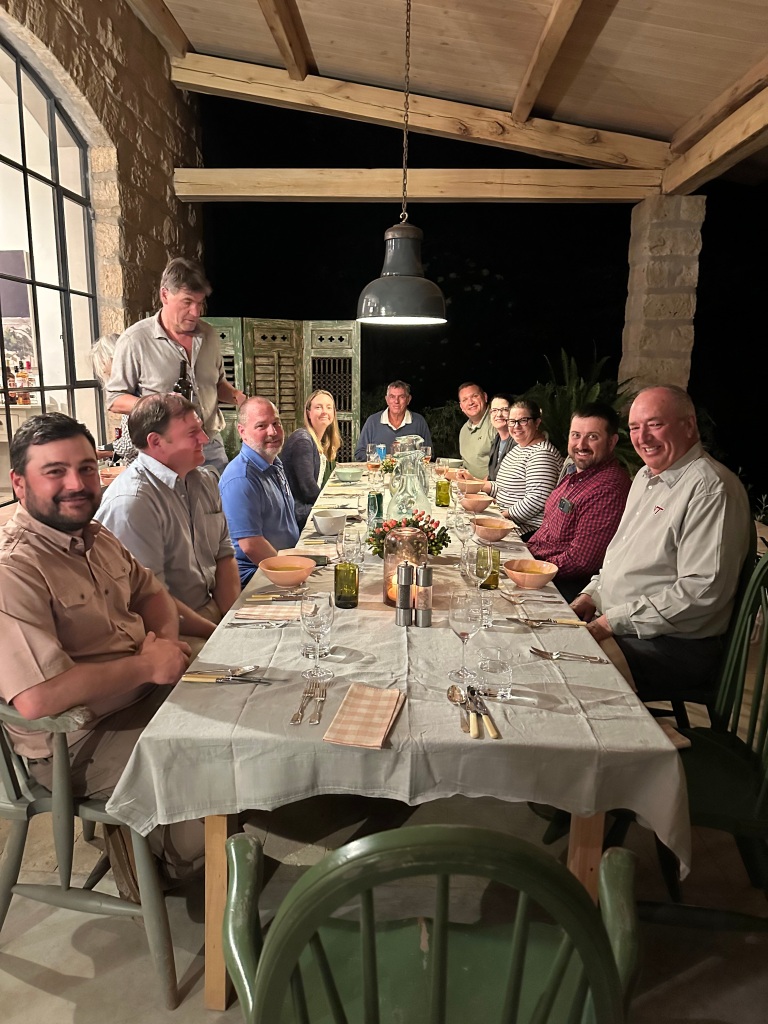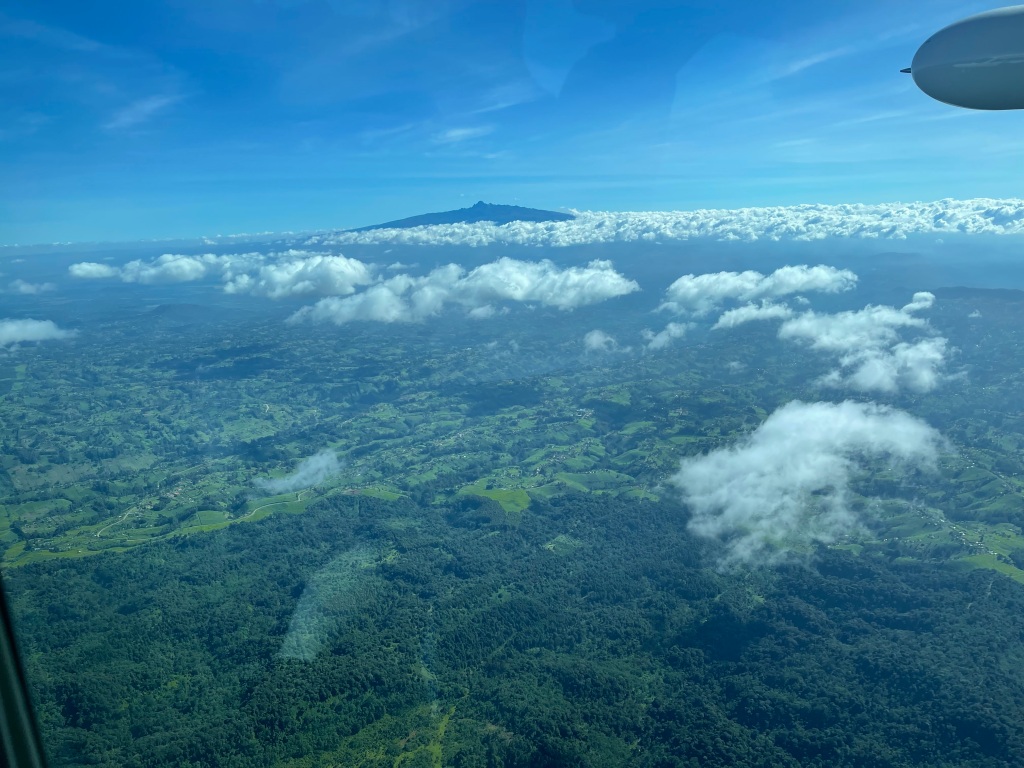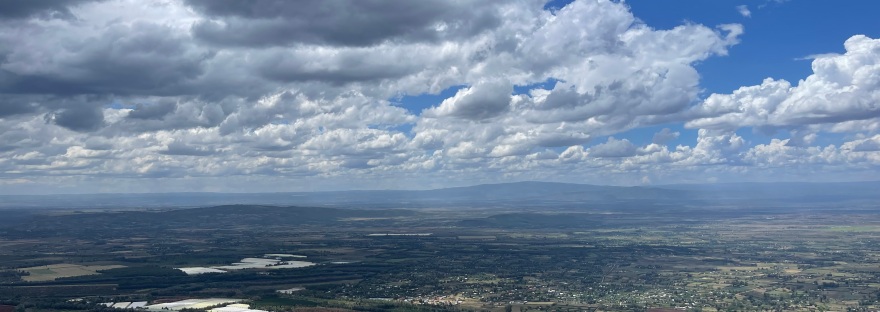I don’t think I can believe it myself yet, but traveling across Kenya for 13 days was certainly an eye opening experience. From a 48,000 acre cattle ranch to a 5 acre farm focused on educating others on the importance of sustainable farming practices, we saw many different aspects of Kenyan agriculture.
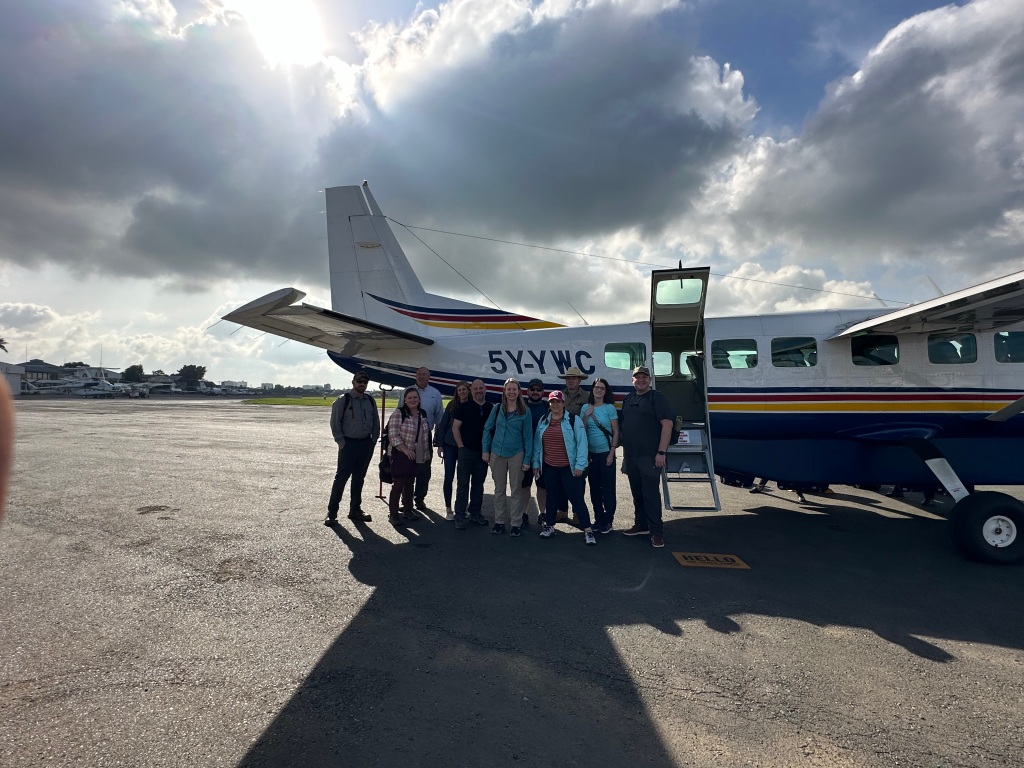
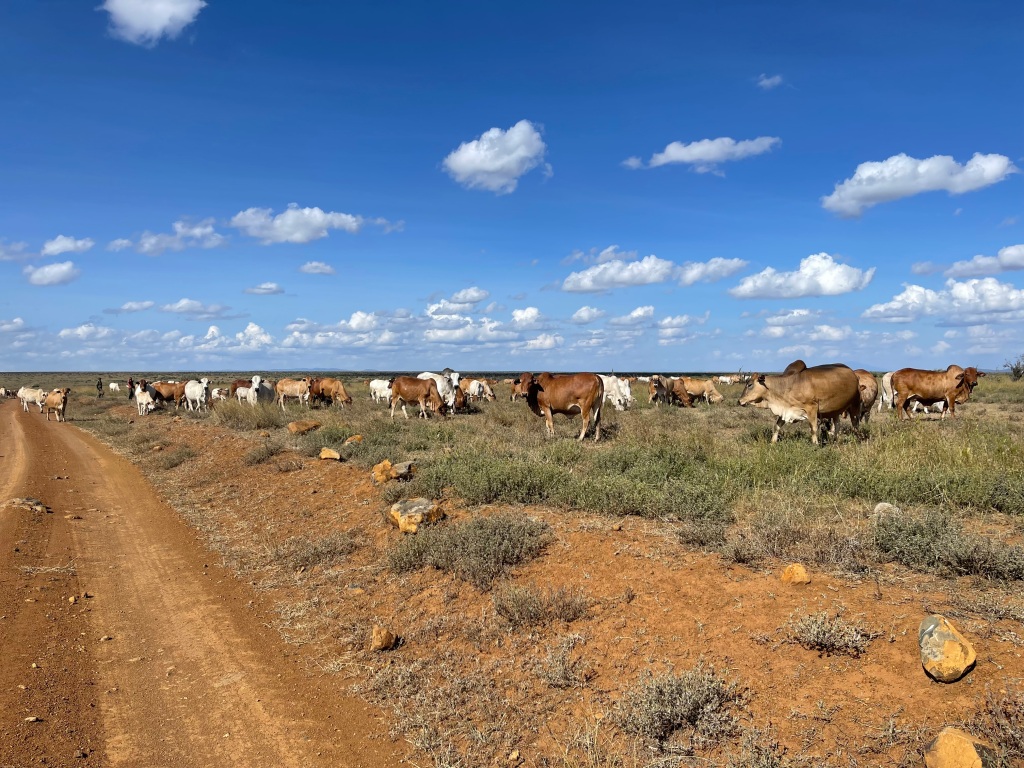
While the whole trip was very impactful, I believe the culture shock we experienced when we first arrived in Laikipia was something none of us expected. The first farm we visited was a vast 48,000 acre cattle ranch which was home to around 1,600 head of native Boran cattle. This particular operation was somewhat of a free grazing system where there are no fences. They have cattle divided into groups of around 60 head with each group managed by a herdsman. The herdsman stayed with the cattle all day, looked after, protected, and directed the cattle to the grass they were allotted to graze for the day. At night the cattle would be led back to a corral where they would be penned up for the night to protect them from predators. The herdsman lived with the cattle 24/7 staying in a small hut. While this process might seem very minimalistic, there was a great deal of management that went into the care of the cattle and grasslands. Great care was taken not to over graze the savannah and also make sure the cattle were sprayed to relive them of any parasites. Every calf born here was raised on location start to finish which took about 36 months.
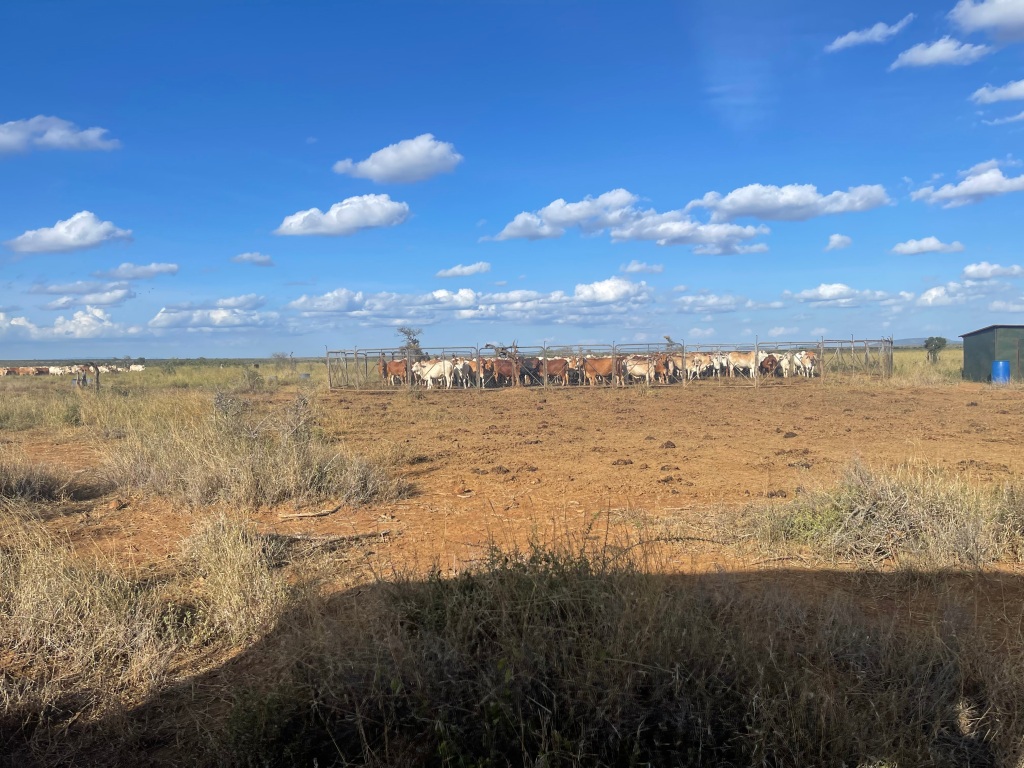
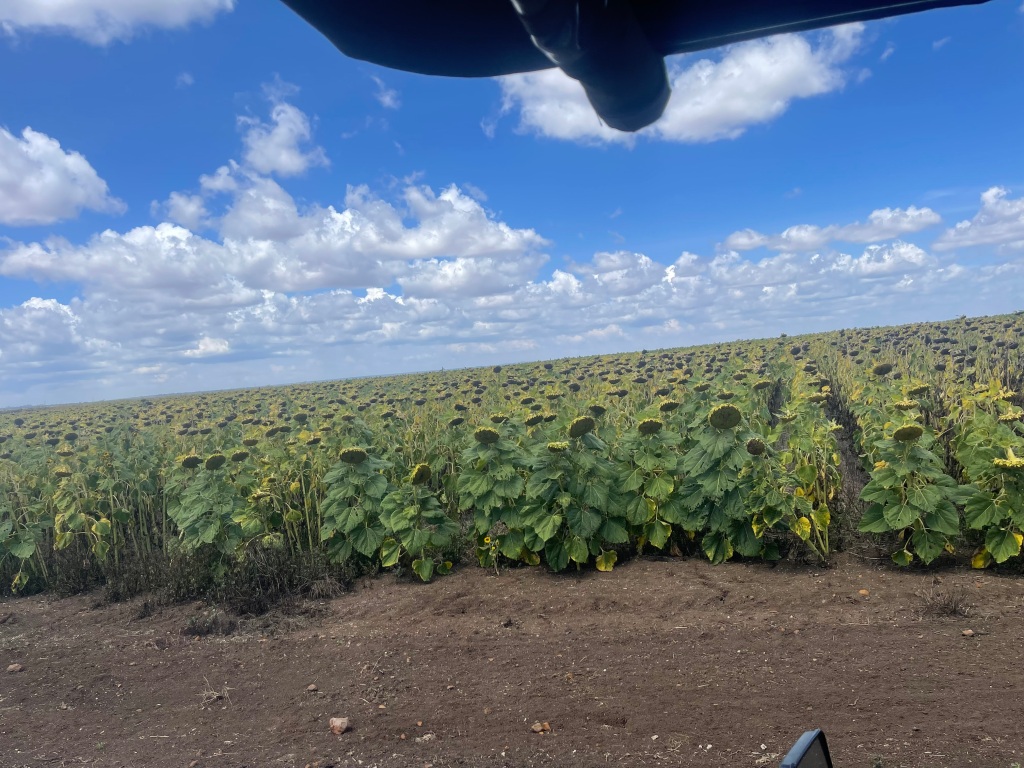
The second operation we visited in this area was a 6,000 acre grain operation. Contrasting to the cattle operation, this entire farm was fenced to protect the crops from wildlife. Here they grow corn, wheat, barley, canola, peas, chickpeas, sunflowers, and sorghum using a controlled traffic system. With the use of GPS, all field operation done with equipment always drove on the same tracts. The wheels on all of the tractors and equipment were set at 3 meters and each implement was 30 feet wide, except for the sprayer which covered 90 feet.
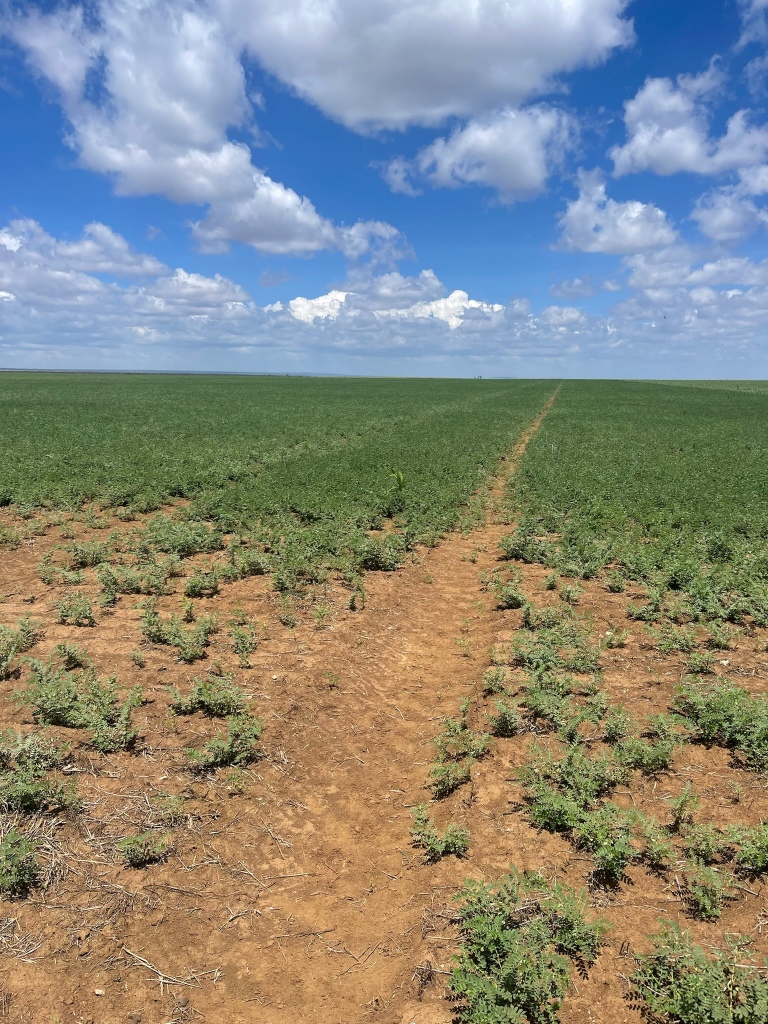
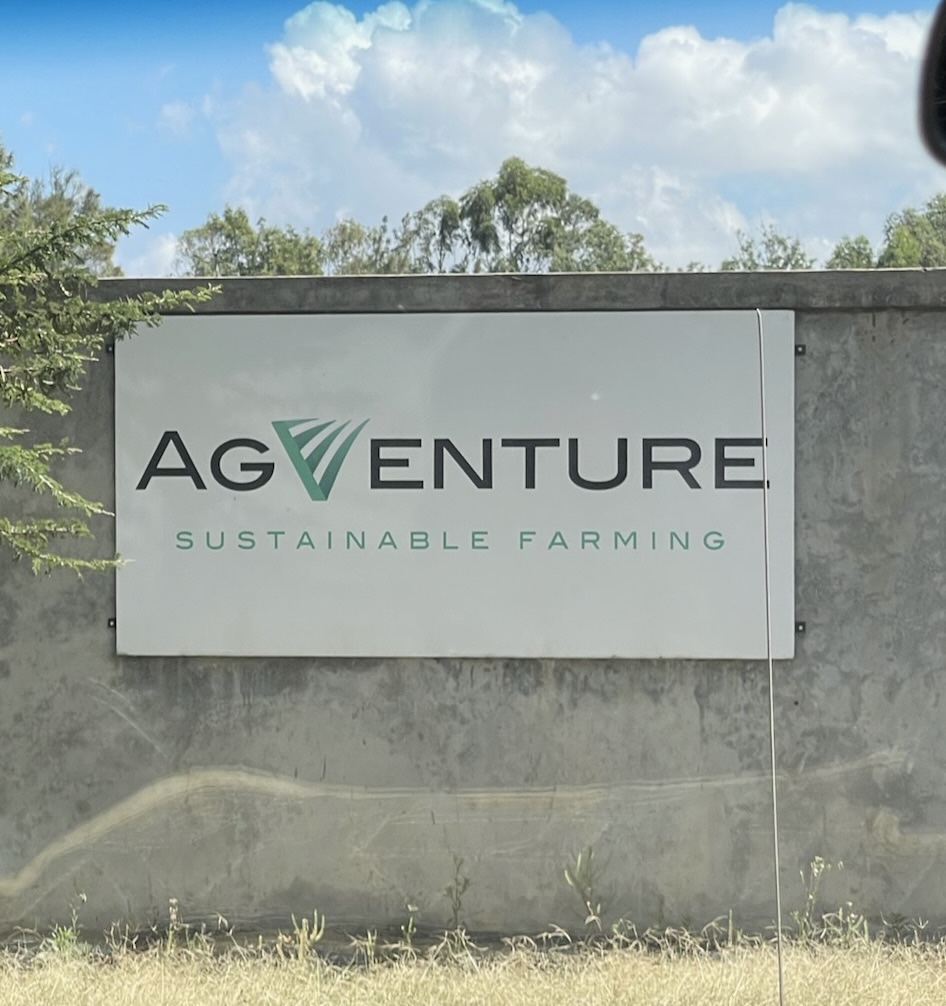
Another interesting thing about this farm was it is a part of a cooperative owned by 19 different farms throughout Kenya called Agventure. Together these farmers agreed to use the cooperative to purchase and sell all of their products as well as research and pioneer new farming practices across the country. We had the privilege to visit several Agventure farms as well as their canola oil factory. While all working together toward a common goal, each farm was fairly unique in their own way. Some were focusing heavily in picking rocks to make new fields, while others had very small test plots to determine the viability of different plants in their environment. It was amazing to see the conservation, innovation, and diverse markets their cooperative has achieved.
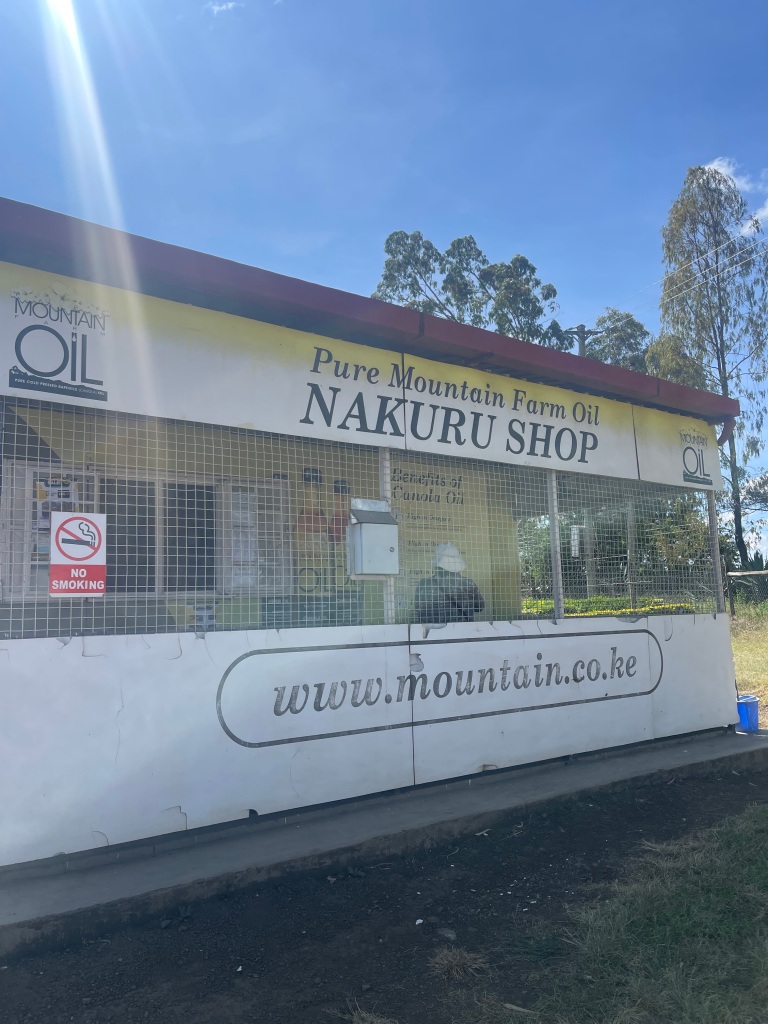
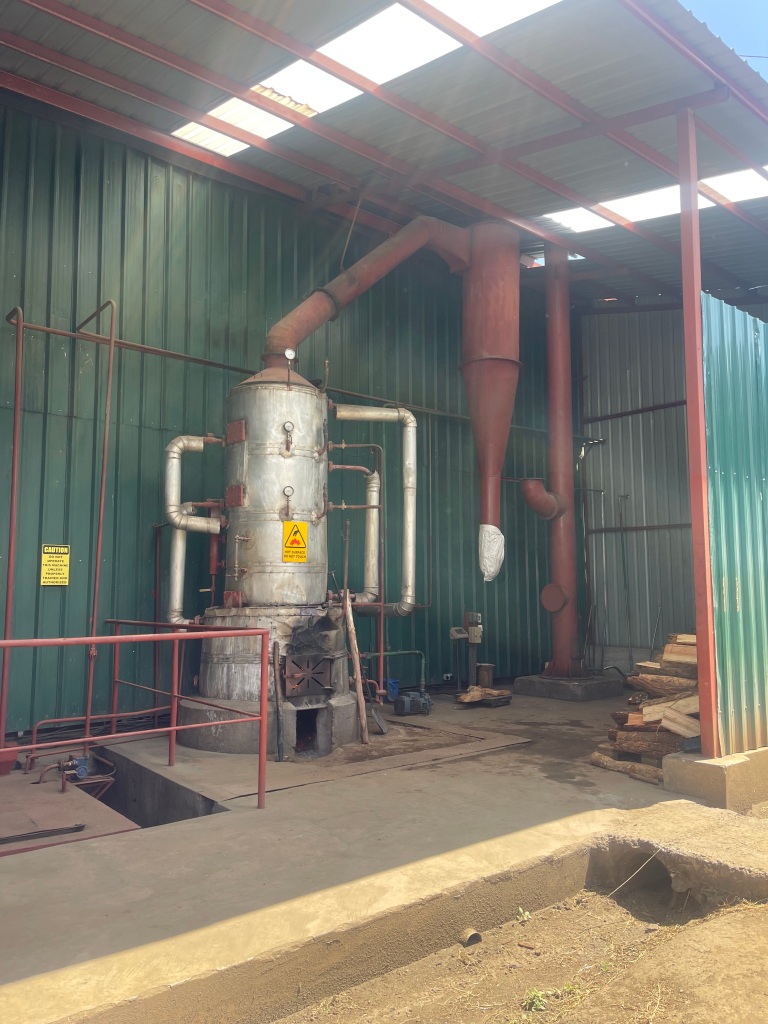
Another very unique thing we got to experience was milking time at a dairy that utilized a mobile milking parlor. To say that my mind was blown to see such an operation would be an understatement. Ran by an engine powered generator, this farm milked 450 cows twice a day with this setup. The cows were kept in various groups on pasture and at milking time the parlor was moved to each group. The milk was hauled to a bulk tank in cans via a tractor and wagons.
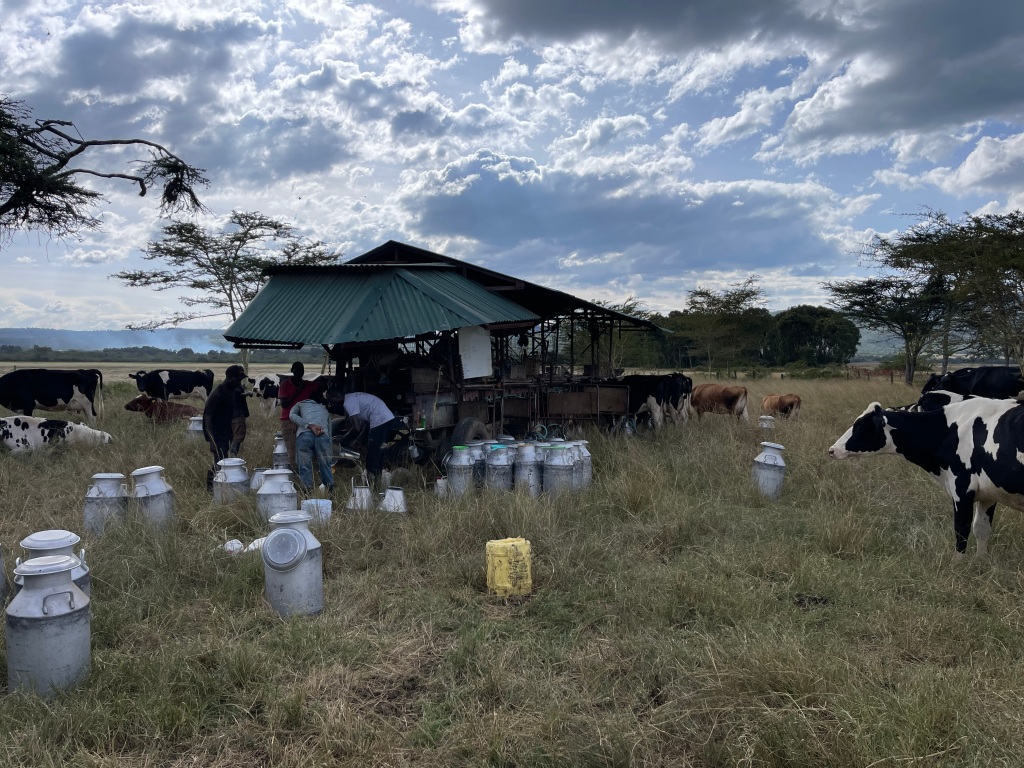
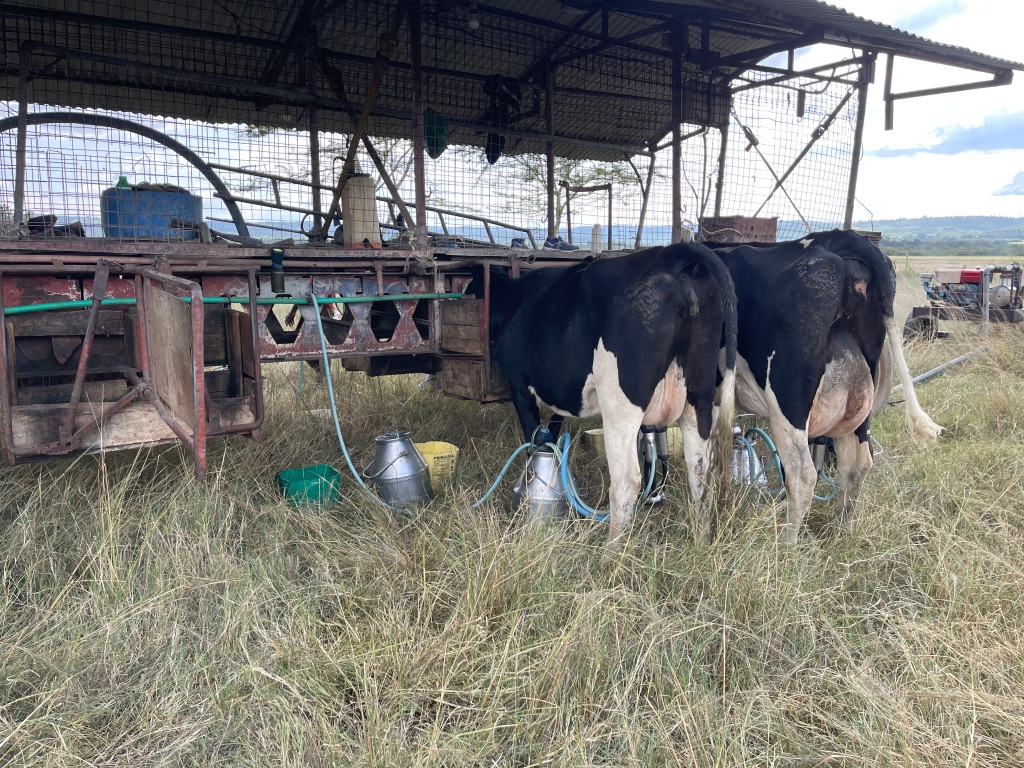
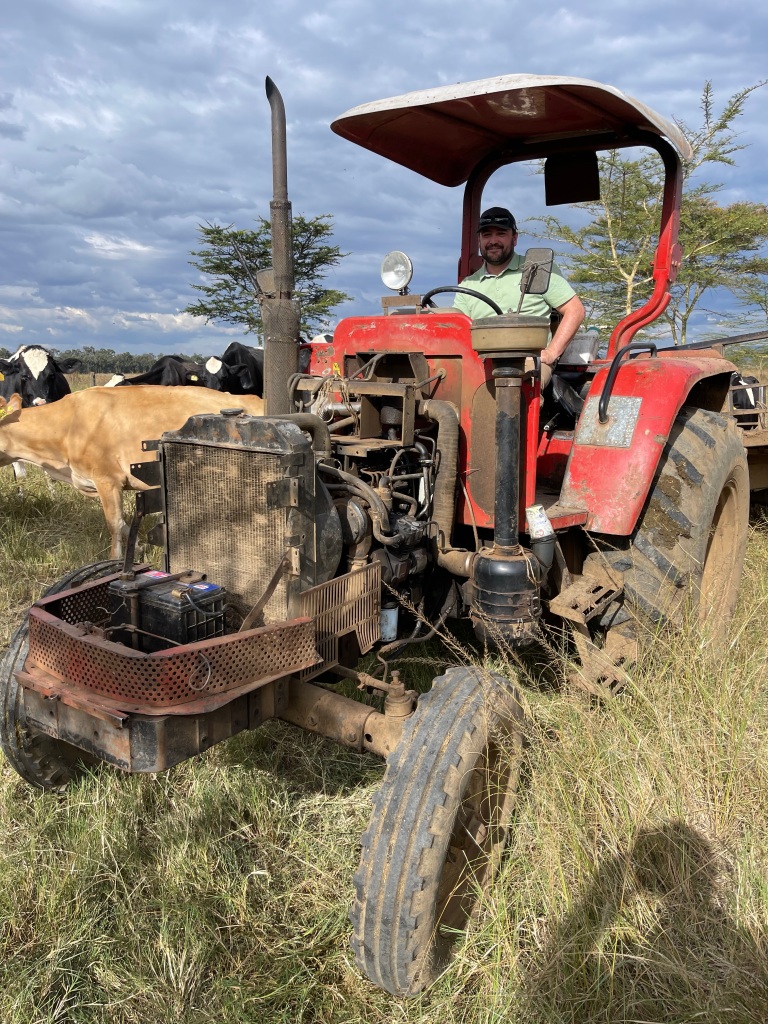
These operations are just a fraction of the agriculture we experienced on this trip. I could literally spend hours recounting the amazing things we got to experience though our travels, but I will let you read some of those comments on my fellow classmates’ blogs. This adventure was most certainly a life changing experience and the trip of a lifetime.
